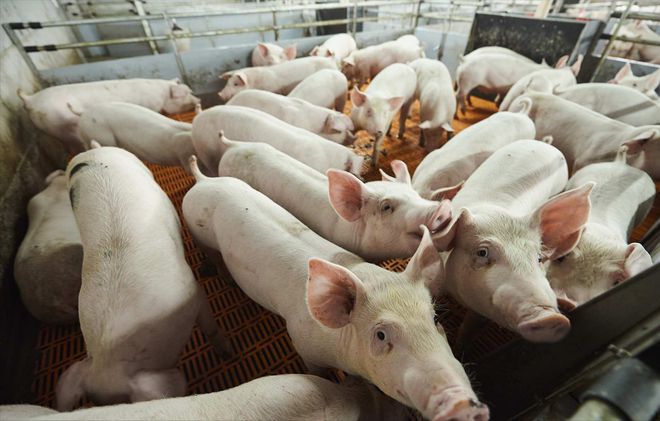On September 10, 2024, the Belgian Food Control Authority issued a revised document on pork export regulatory requirements. The original document was issued in 2011. Compared with the previous revisions, the new revisions mainly include the following points:
(1) Emphasis on batch management and traceability system. It emphasizes the importance of batch management and traceability system, and requires that a complete traceability system be established in each link such as farms, slaughterhouses, cutting plants and cold storage to ensure the traceability of products. The document specifies in detail how to use the BELTRACE and SANITEL/SANITRACE databases for traceability, and requires slaughterhouses and cutting plants to batch mark meat for traceability;
(2) Clarify export requirements. It clearly stipulates that exported pork products must be handled separately from other pork products in time and/or space, and requires cutting plants and cold storage to specially mark meat that meets the "born and raised in Belgium" requirements for traceability. The document requires that before export, food companies must ensure that products meet the "born and raised in Belgium" requirements and be verified by official veterinarians;
(3) Detailed operation procedures. The operation procedures of each link have been refined, such as requiring farmers to confirm that the pigs meet the requirements of "born and raised in Belgium" on the FCI documents, requiring slaughterhouses to batch mark animals, and requiring cutting plants to batch mark meat. It is required that each link should establish a record system to record the entry and exit information of products for traceability;
(4) Improve regulatory awareness. A detailed interpretation of relevant regulations and guidelines was carried out to help food companies better understand the requirements of "born and raised in Belgium" and ensure that they comply with regulatory requirements.

(1) Emphasis on batch management and traceability system. It emphasizes the importance of batch management and traceability system, and requires that a complete traceability system be established in each link such as farms, slaughterhouses, cutting plants and cold storage to ensure the traceability of products. The document specifies in detail how to use the BELTRACE and SANITEL/SANITRACE databases for traceability, and requires slaughterhouses and cutting plants to batch mark meat for traceability;
(2) Clarify export requirements. It clearly stipulates that exported pork products must be handled separately from other pork products in time and/or space, and requires cutting plants and cold storage to specially mark meat that meets the "born and raised in Belgium" requirements for traceability. The document requires that before export, food companies must ensure that products meet the "born and raised in Belgium" requirements and be verified by official veterinarians;
(3) Detailed operation procedures. The operation procedures of each link have been refined, such as requiring farmers to confirm that the pigs meet the requirements of "born and raised in Belgium" on the FCI documents, requiring slaughterhouses to batch mark animals, and requiring cutting plants to batch mark meat. It is required that each link should establish a record system to record the entry and exit information of products for traceability;
(4) Improve regulatory awareness. A detailed interpretation of relevant regulations and guidelines was carried out to help food companies better understand the requirements of "born and raised in Belgium" and ensure that they comply with regulatory requirements.


